Home>Furniture & Design>Bathroom Accessories>What Is The Best Toothbrush To Remove Plaque
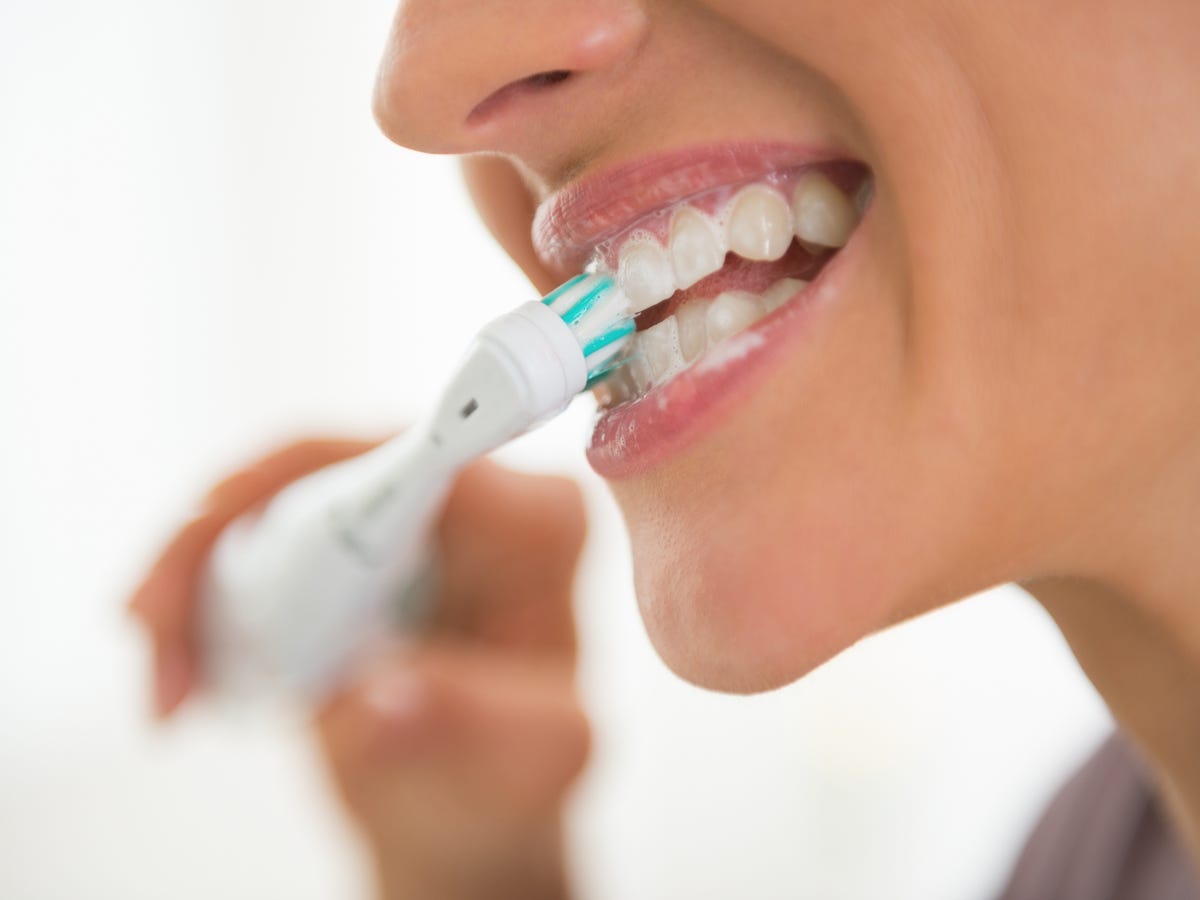

Bathroom Accessories
What Is The Best Toothbrush To Remove Plaque
Modified: October 18, 2024
Discover the best toothbrush for plaque removal and improve your oral hygiene with our top-rated bathroom accessories. Choose the right tool for a healthier smile!
(Many of the links in this article redirect to a specific reviewed product. Your purchase of these products through affiliate links helps to generate commission for Storables.com, at no extra cost. Learn more)
Introduction
Maintaining good oral hygiene is essential for overall health, and a crucial aspect of this is effectively removing plaque from the teeth. Plaque, a sticky film of bacteria that forms on the teeth, can lead to various dental issues if not properly addressed. One of the most fundamental tools for combating plaque is the toothbrush. With a myriad of options available, choosing the best toothbrush to remove plaque can be a daunting task. This article aims to provide comprehensive insights into the different types of toothbrushes and the factors to consider when selecting the most effective one for plaque removal.
Plaque buildup not only affects the appearance of teeth but also contributes to gum disease, tooth decay, and bad breath. Therefore, the significance of using an appropriate toothbrush cannot be overstated. Whether it's a manual toothbrush or an electric one, the right tool can make a substantial difference in maintaining optimal oral health. By understanding the distinctions between these options and considering individual preferences and needs, individuals can make informed decisions to ensure thorough plaque removal and overall dental well-being.
Key Takeaways:
- Choose the right toothbrush for plaque removal to prevent cavities, gum disease, and bad breath. Consider bristle softness, toothbrush head size, and dentist recommendations for optimal oral health.
- Manual and electric toothbrushes offer different benefits. Manual toothbrushes are affordable and versatile, while electric toothbrushes provide advanced cleaning technology and convenient features. Consider individual needs and preferences when selecting a toothbrush.
Importance of Removing Plaque
Effective plaque removal is paramount for maintaining good oral health. Plaque, a sticky, colorless film of bacteria, constantly forms on the teeth. If not removed regularly, it can lead to serious dental issues such as cavities, gum disease, and bad breath. Plaque buildup can also harden into tartar, which is more challenging to remove and can only be addressed by a dental professional.
When plaque accumulates on the teeth, the bacteria within it produce acids that attack the tooth enamel, leading to cavities. Additionally, the presence of plaque can irritate the gums, causing inflammation and potential gum disease. This can result in gum recession, bone loss, and even tooth loss if left untreated.
Furthermore, the bacteria in plaque can release toxins that irritate the gums, leading to gingivitis, the earliest stage of gum disease. If not addressed, gingivitis can progress to periodontitis, a more severe form of gum disease that can cause irreversible damage to the gums and bone supporting the teeth.
In addition to these dental issues, the presence of plaque can also contribute to bad breath. The bacteria in plaque release foul-smelling gases as they feed on food particles, leading to unpleasant breath odor.
Regular and thorough plaque removal is crucial for preventing these dental problems. Brushing the teeth at least twice a day, flossing daily, and using an antimicrobial mouthwash can help remove plaque and prevent its harmful effects. Choosing the right toothbrush and using proper brushing techniques are essential components of an effective oral hygiene routine.
By understanding the importance of plaque removal and the potential consequences of inadequate oral care, individuals can prioritize their dental health and take proactive steps to prevent plaque buildup and its associated complications.
Types of Toothbrushes
When it comes to choosing a toothbrush for plaque removal, individuals have two primary options: manual toothbrushes and electric toothbrushes. Each type offers distinct advantages and considerations, and understanding their differences can help individuals make informed decisions based on their specific oral care needs.
Manual Toothbrushes
Manual toothbrushes are the traditional, handheld tooth-cleaning tools that have been used for decades. They come in various shapes, sizes, and bristle configurations, catering to different preferences and oral care requirements. The bristles of manual toothbrushes can be soft, medium, or hard, providing options for individuals with varying levels of sensitivity and plaque buildup.
One of the key benefits of manual toothbrushes is their affordability and accessibility. They are widely available in supermarkets, pharmacies, and convenience stores, making them a convenient option for individuals seeking an economical oral care solution. Additionally, manual toothbrushes offer a sense of control, allowing users to customize their brushing technique and pressure based on their comfort and specific dental needs.
Electric Toothbrushes
Electric toothbrushes, also known as power toothbrushes, have gained popularity for their advanced cleaning technology and user-friendly features. These toothbrushes are equipped with oscillating, rotating, or sonic movements, which can provide more thorough plaque removal and gum stimulation compared to manual brushing. The bristle movement in electric toothbrushes can reach areas that may be challenging to access with a manual toothbrush, enhancing overall cleaning effectiveness.
Moreover, electric toothbrushes often come with built-in timers and pressure sensors, promoting consistent and gentle brushing habits. Some models also offer various brushing modes, such as sensitive, whitening, and gum care, allowing users to tailor their brushing experience to their specific oral care needs.
The choice between manual and electric toothbrushes ultimately depends on individual preferences, oral health conditions, and lifestyle factors. While manual toothbrushes offer simplicity and affordability, electric toothbrushes provide advanced cleaning technology and convenient features that can benefit individuals with specific dental concerns.
Understanding the distinctions between these toothbrush types can empower individuals to make informed decisions and select the most suitable option for effective plaque removal and overall oral health maintenance.
Read more: What Is The Best Toothbrush
Manual Toothbrushes
Manual toothbrushes are the traditional, handheld tooth-cleaning tools that have been a staple in oral care for decades. They are available in a wide range of shapes, sizes, and bristle configurations, catering to diverse preferences and oral care requirements. The bristles of manual toothbrushes come in varying degrees of softness, including soft, medium, and hard, providing options for individuals with different levels of sensitivity and plaque buildup.
One of the primary advantages of manual toothbrushes is their affordability and accessibility. They are widely available in supermarkets, pharmacies, and convenience stores, making them a convenient option for individuals seeking an economical oral care solution. Additionally, manual toothbrushes offer a sense of control, allowing users to customize their brushing technique and pressure based on their comfort and specific dental needs.
The design versatility of manual toothbrushes is another notable feature. They are available in compact sizes for travel convenience and in ergonomic designs that cater to different hand sizes and grip preferences. Some manual toothbrushes also feature specialized bristle patterns, such as crisscross bristles or angled bristle configurations, which are designed to enhance plaque removal and reach difficult-to-access areas in the mouth.
Furthermore, manual toothbrushes offer a wide array of bristle options, including tapered bristles, polishing cups, and gum stimulators, each designed to address specific oral care needs. For individuals with sensitive teeth or gums, there are manual toothbrushes with extra-soft bristles that provide gentle yet effective cleaning. On the other hand, those seeking thorough plaque removal may opt for manual toothbrushes with medium or hard bristles, depending on their dentist's recommendations and personal comfort levels.
The manual nature of these toothbrushes also allows users to incorporate additional oral care techniques, such as tongue cleaning and gum massaging, using the same tool. This versatility enables individuals to customize their oral care routine based on their unique preferences and dental requirements.
In summary, manual toothbrushes offer affordability, accessibility, and a wide range of design and bristle options, making them a versatile choice for individuals seeking personalized oral care solutions. By understanding the diverse features and benefits of manual toothbrushes, individuals can make informed decisions to ensure effective plaque removal and overall oral health maintenance.
Electric Toothbrushes
Electric toothbrushes, also known as power toothbrushes, have revolutionized oral care with their advanced cleaning technology and user-friendly features. These innovative toothbrushes are equipped with oscillating, rotating, or sonic movements, which can provide more thorough plaque removal and gum stimulation compared to manual brushing. The bristle movement in electric toothbrushes can reach areas that may be challenging to access with a manual toothbrush, enhancing overall cleaning effectiveness.
One of the key advantages of electric toothbrushes is their ability to deliver consistent and controlled brushing motions. The automated bristle movements ensure that the teeth receive uniform cleaning, reducing the likelihood of uneven plaque removal. This feature is particularly beneficial for individuals with limited dexterity or those who may struggle with manual brushing techniques.
Moreover, electric toothbrushes often come with built-in timers and pressure sensors, promoting consistent and gentle brushing habits. The inclusion of timers encourages users to brush for the recommended two minutes, ensuring thorough cleaning of all tooth surfaces. Additionally, pressure sensors alert users when they are applying excessive force during brushing, helping to prevent potential gum damage and enamel wear.
Some models of electric toothbrushes offer various brushing modes, such as sensitive, whitening, and gum care, allowing users to tailor their brushing experience to their specific oral care needs. This customization capability enables individuals with sensitive teeth or gums to select a gentler brushing mode, while those seeking enhanced whitening effects can opt for a mode designed to address tooth discoloration.
Furthermore, the rechargeable nature of electric toothbrushes eliminates the need for frequent battery replacements, contributing to environmental sustainability and cost-effectiveness in the long run. The convenience of recharging the toothbrush ensures consistent power delivery for optimal cleaning performance, enhancing the overall user experience.
The choice between manual and electric toothbrushes ultimately depends on individual preferences, oral health conditions, and lifestyle factors. While manual toothbrushes offer simplicity and affordability, electric toothbrushes provide advanced cleaning technology and convenient features that can benefit individuals with specific dental concerns. By understanding the distinctions between these toothbrush types, individuals can make informed decisions and select the most suitable option for effective plaque removal and overall oral health maintenance.
Factors to Consider
When selecting the best toothbrush to effectively remove plaque, several crucial factors should be taken into account to ensure optimal oral care and plaque removal efficacy.
Bristle Softness and Texture
The texture and softness of the bristles play a pivotal role in plaque removal and overall oral health. For individuals with sensitive teeth or gums, opting for a toothbrush with extra-soft bristles is recommended to prevent potential irritation or damage. Conversely, those with more resilient oral tissues may benefit from toothbrushes with medium or hard bristles, which can provide thorough plaque removal and help maintain gum health. It's essential to consider individual comfort levels and any specific dental recommendations when choosing the appropriate bristle texture.
Size and Shape of the Toothbrush Head
The size and shape of the toothbrush head significantly impact its maneuverability and ability to reach all areas of the mouth. A smaller brush head may be advantageous for individuals with limited mouth space or those seeking precise cleaning around hard-to-reach areas, such as the molars and wisdom teeth. Conversely, a larger brush head may offer broader coverage and efficient cleaning for individuals with a larger oral cavity. Considering the individual's mouth size and specific cleaning needs can guide the selection of an appropriately sized toothbrush head.
Handle Design and Grip Comfort
The design and grip comfort of the toothbrush handle are essential considerations, particularly for individuals with dexterity challenges or grip limitations. Ergonomically designed handles with non-slip surfaces can enhance maneuverability and ensure a secure grip during brushing. Additionally, considering the handle length and thickness can contribute to overall brushing comfort and control, facilitating effective plaque removal without causing undue strain on the hand and wrist.
Manual vs. Electric Toothbrush
The choice between a manual and electric toothbrush hinges on individual preferences, oral health conditions, and lifestyle factors. While manual toothbrushes offer simplicity and affordability, electric toothbrushes provide advanced cleaning technology and convenient features that can benefit individuals with specific dental concerns. Factors such as dexterity, motor skills, and the desire for automated brushing motions should be taken into account when deciding between these two options.
Dentist Recommendations and Oral Health Needs
Seeking professional guidance from a dentist or oral healthcare provider is crucial in determining the most suitable toothbrush for plaque removal. Dentists can offer personalized recommendations based on an individual's oral health status, including any specific dental conditions or concerns. Factors such as existing gum disease, tooth sensitivity, or orthodontic appliances may influence the choice of a toothbrush that aligns with the individual's oral health needs.
Replacement and Maintenance
Regular replacement of toothbrushes is essential to ensure optimal plaque removal efficacy and oral hygiene. Considering the recommended lifespan of the toothbrush and the availability of replacement brush heads for electric toothbrushes is vital for long-term oral care. Additionally, understanding the maintenance requirements, such as cleaning the toothbrush handle and ensuring proper storage, can contribute to the overall effectiveness and longevity of the chosen toothbrush.
By carefully considering these factors, individuals can make informed decisions when selecting a toothbrush that best suits their oral care needs, promotes thorough plaque removal, and contributes to overall oral health maintenance.
Conclusion
In conclusion, the quest for the best toothbrush to effectively remove plaque is a critical aspect of maintaining optimal oral health. The significance of plaque removal cannot be overstated, as plaque buildup can lead to various dental issues, including cavities, gum disease, and bad breath. The choice between manual and electric toothbrushes, along with considerations such as bristle softness, toothbrush head size, handle design, and dentist recommendations, plays a pivotal role in ensuring thorough plaque removal and overall oral hygiene.
When evaluating the options, individuals should consider their unique oral health needs, lifestyle preferences, and any specific dental recommendations. Manual toothbrushes offer affordability, accessibility, and a wide range of design and bristle options, making them a versatile choice for personalized oral care solutions. On the other hand, electric toothbrushes provide advanced cleaning technology, consistent brushing motions, and convenient features that can benefit individuals with specific dental concerns.
The texture and softness of the bristles, the size and shape of the toothbrush head, and the handle design and grip comfort are crucial factors to consider when selecting a toothbrush. Additionally, seeking professional guidance from a dentist or oral healthcare provider can provide personalized recommendations based on an individual's oral health status and specific dental conditions.
Ultimately, the effectiveness of plaque removal and the maintenance of oral health depend on the thoughtful selection of a toothbrush that aligns with individual needs and promotes consistent and thorough cleaning. By understanding the distinctions between manual and electric toothbrushes and carefully considering the relevant factors, individuals can make informed decisions to ensure effective plaque removal and overall oral health maintenance.
In the pursuit of optimal oral hygiene, the right toothbrush, combined with proper brushing techniques and regular dental check-ups, can contribute to a healthy and radiant smile, free from the detrimental effects of plaque buildup. Therefore, making a well-informed choice when selecting a toothbrush is an essential step towards achieving and maintaining excellent oral health for the long term.
Frequently Asked Questions about What Is The Best Toothbrush To Remove Plaque
Was this page helpful?
At Storables.com, we guarantee accurate and reliable information. Our content, validated by Expert Board Contributors, is crafted following stringent Editorial Policies. We're committed to providing you with well-researched, expert-backed insights for all your informational needs.
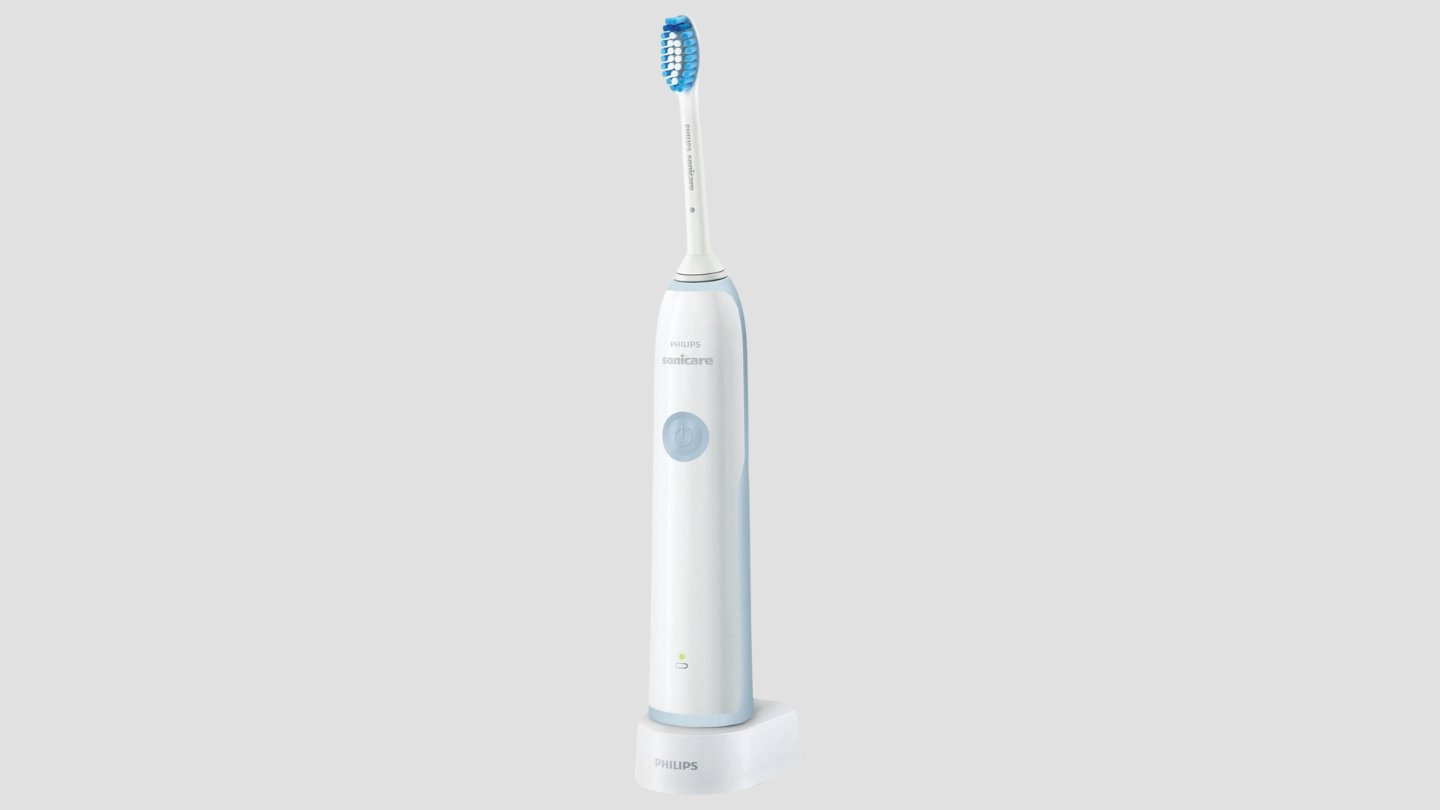
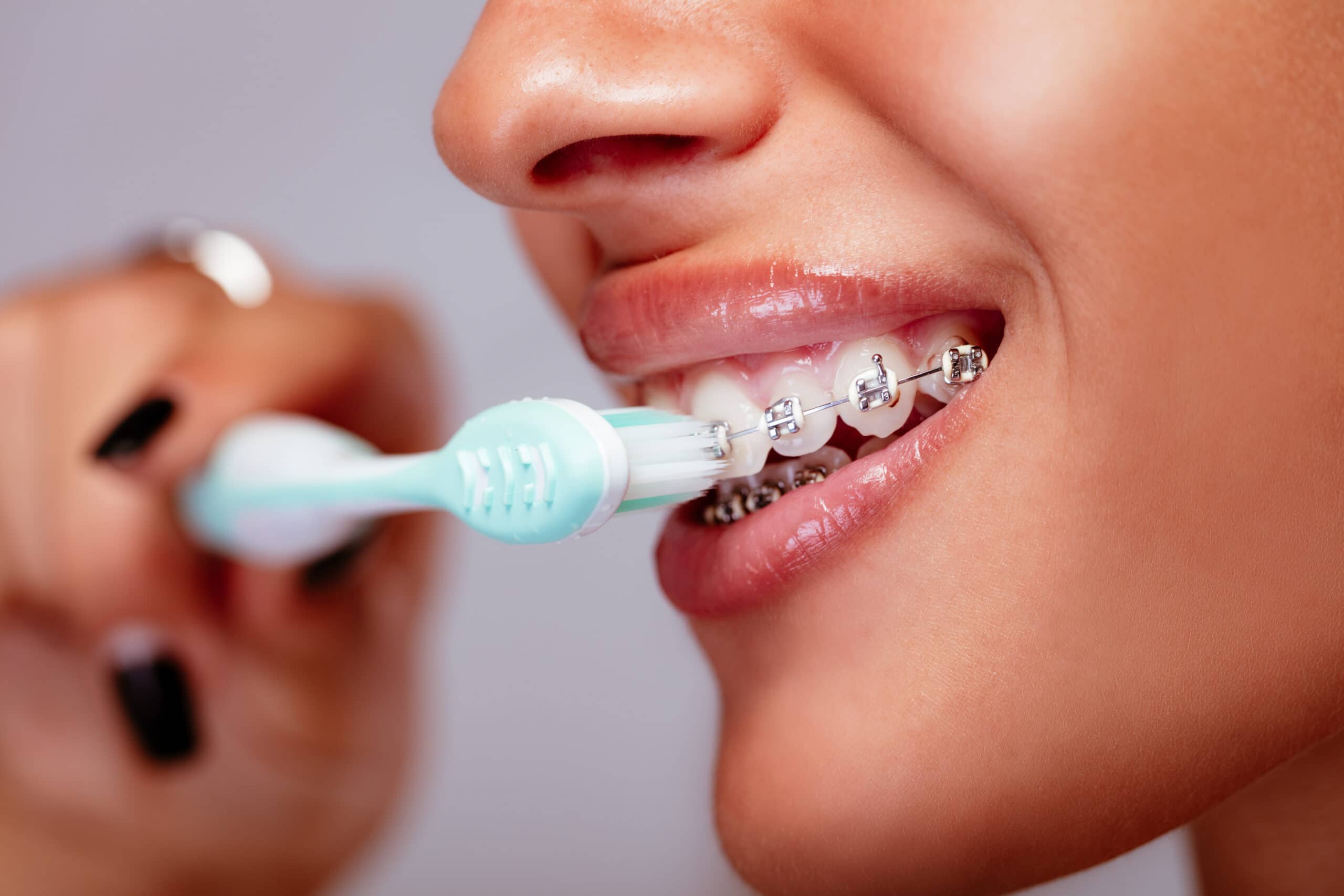
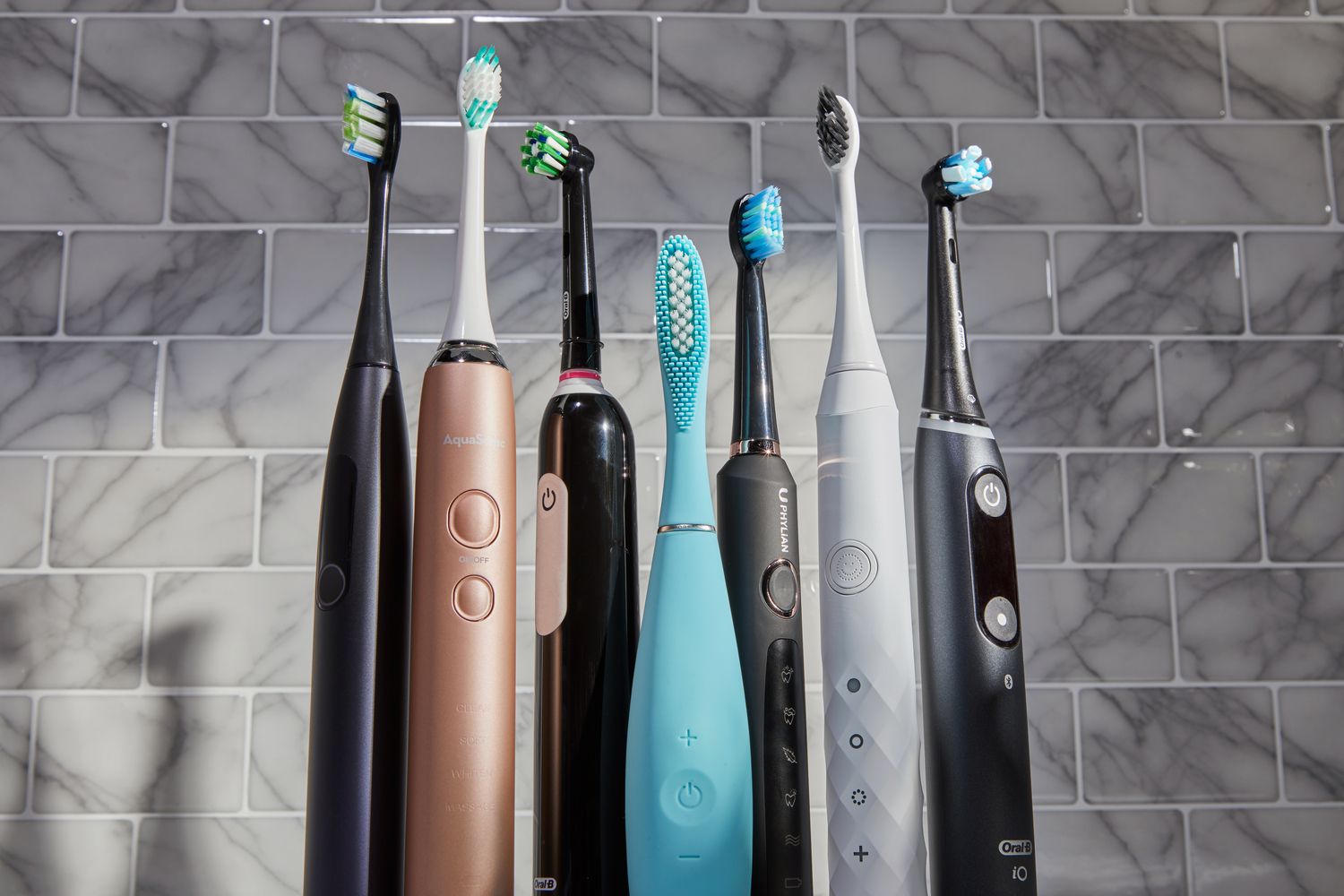
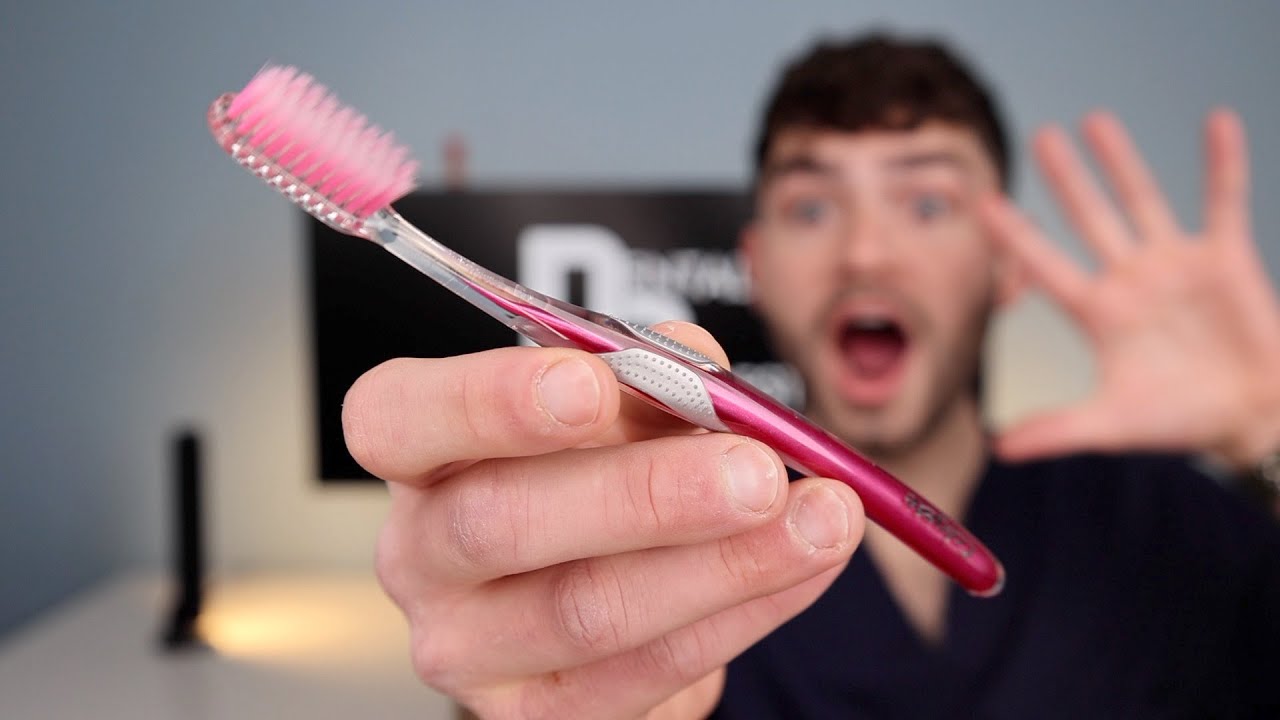
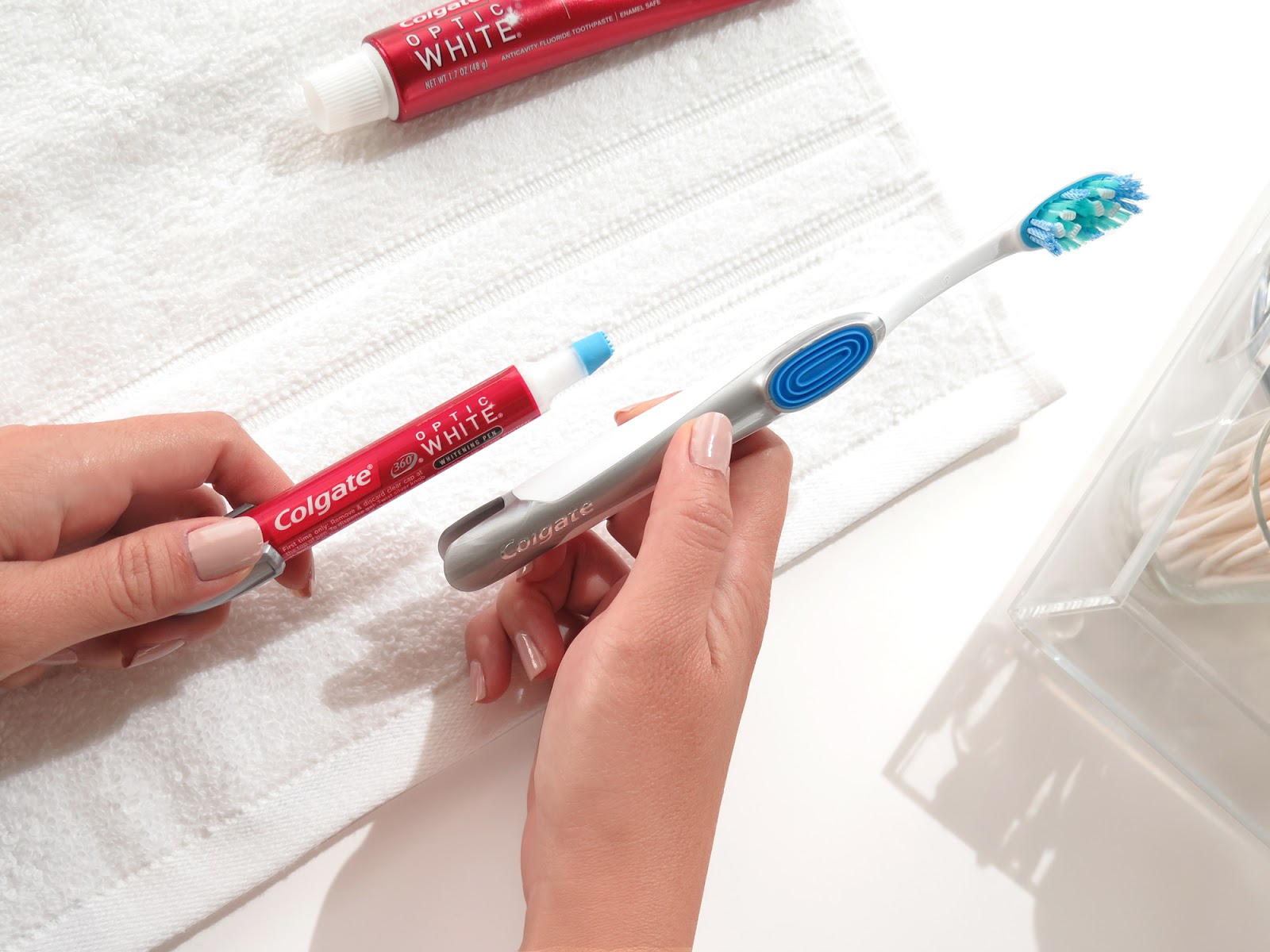
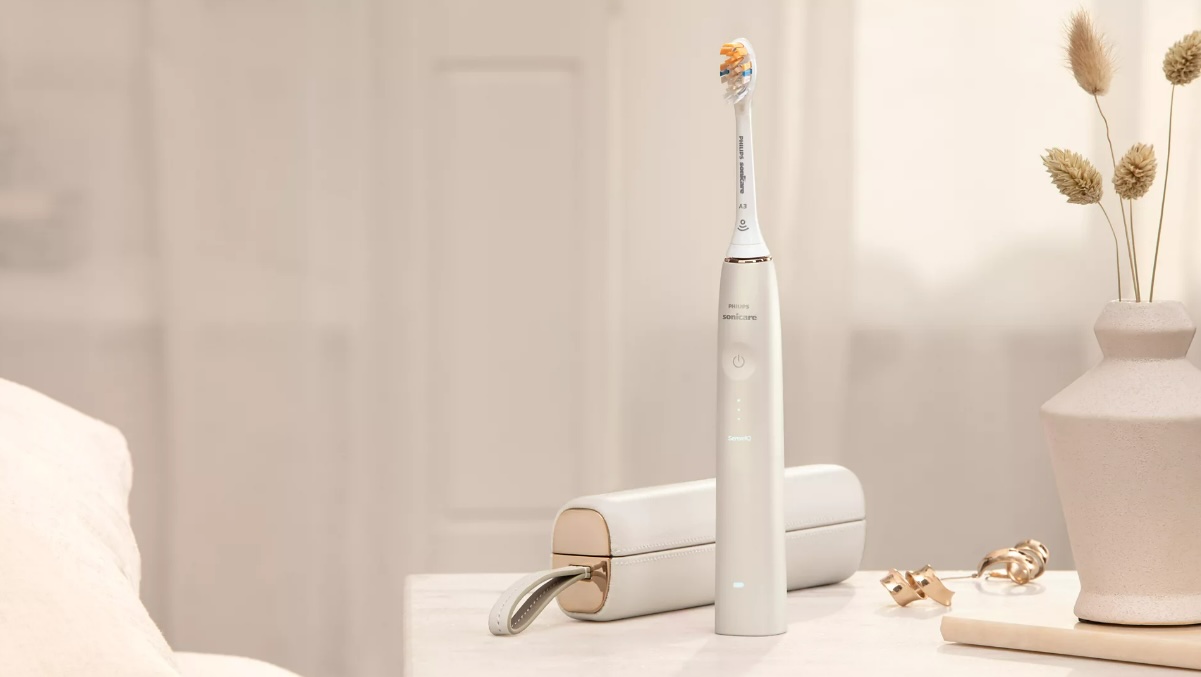
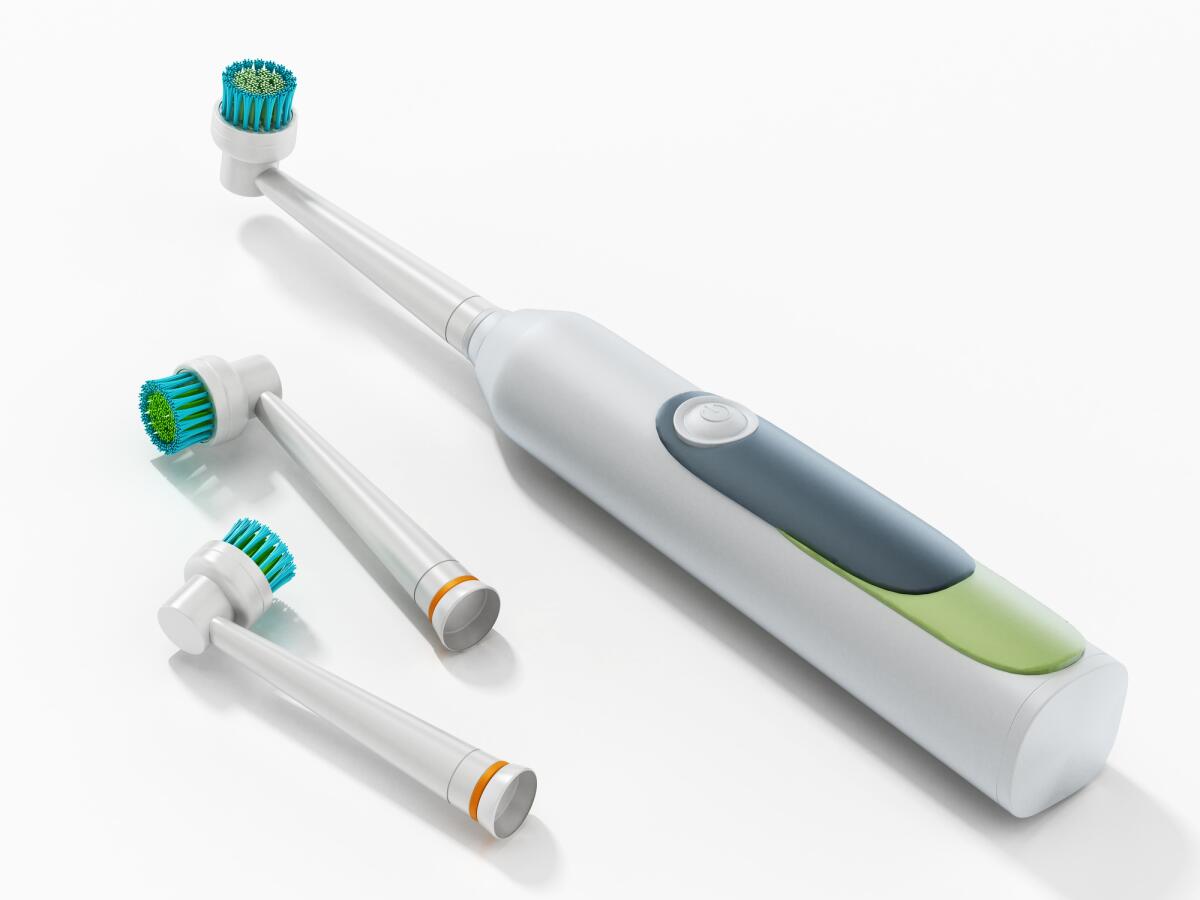
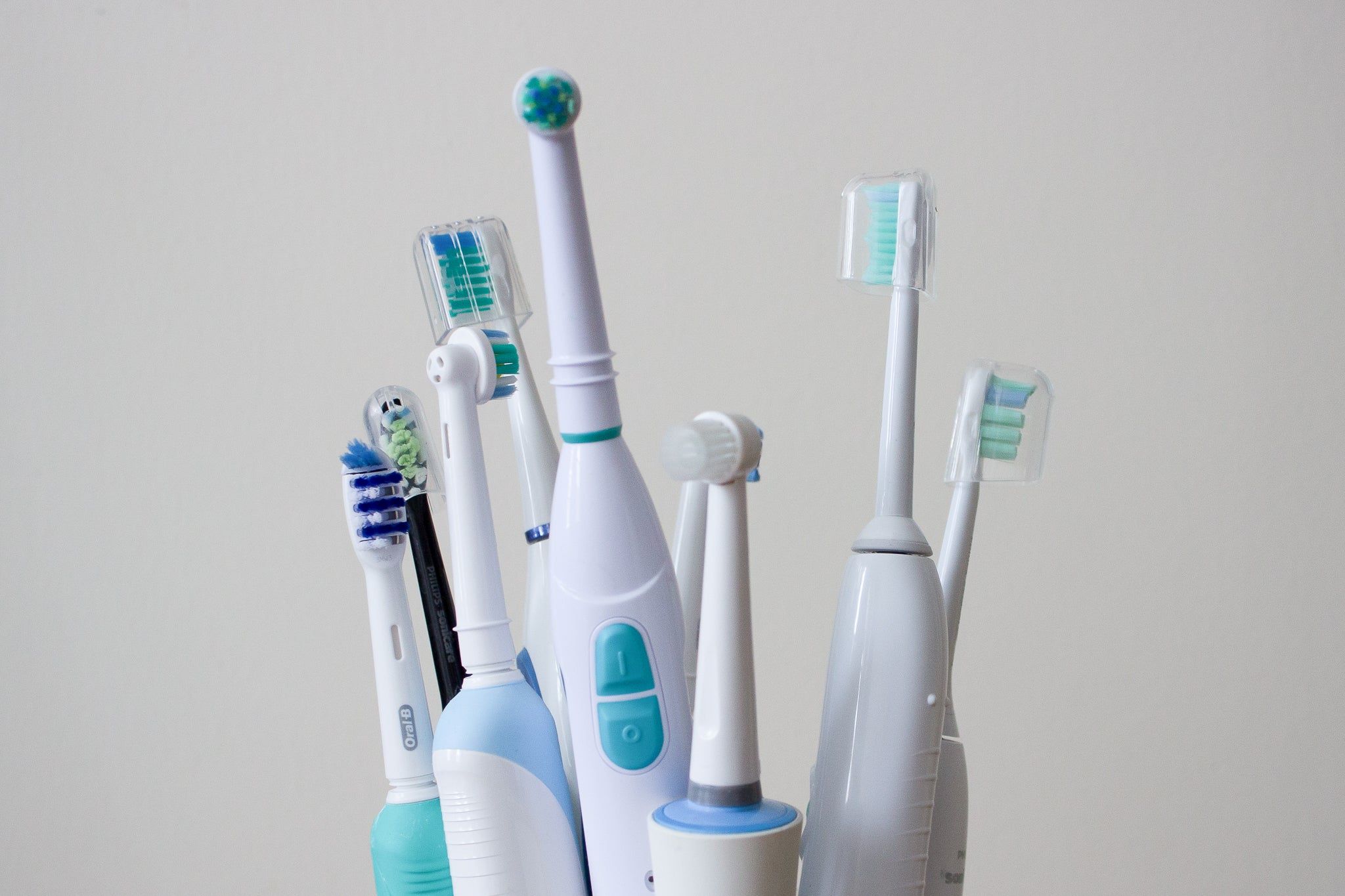

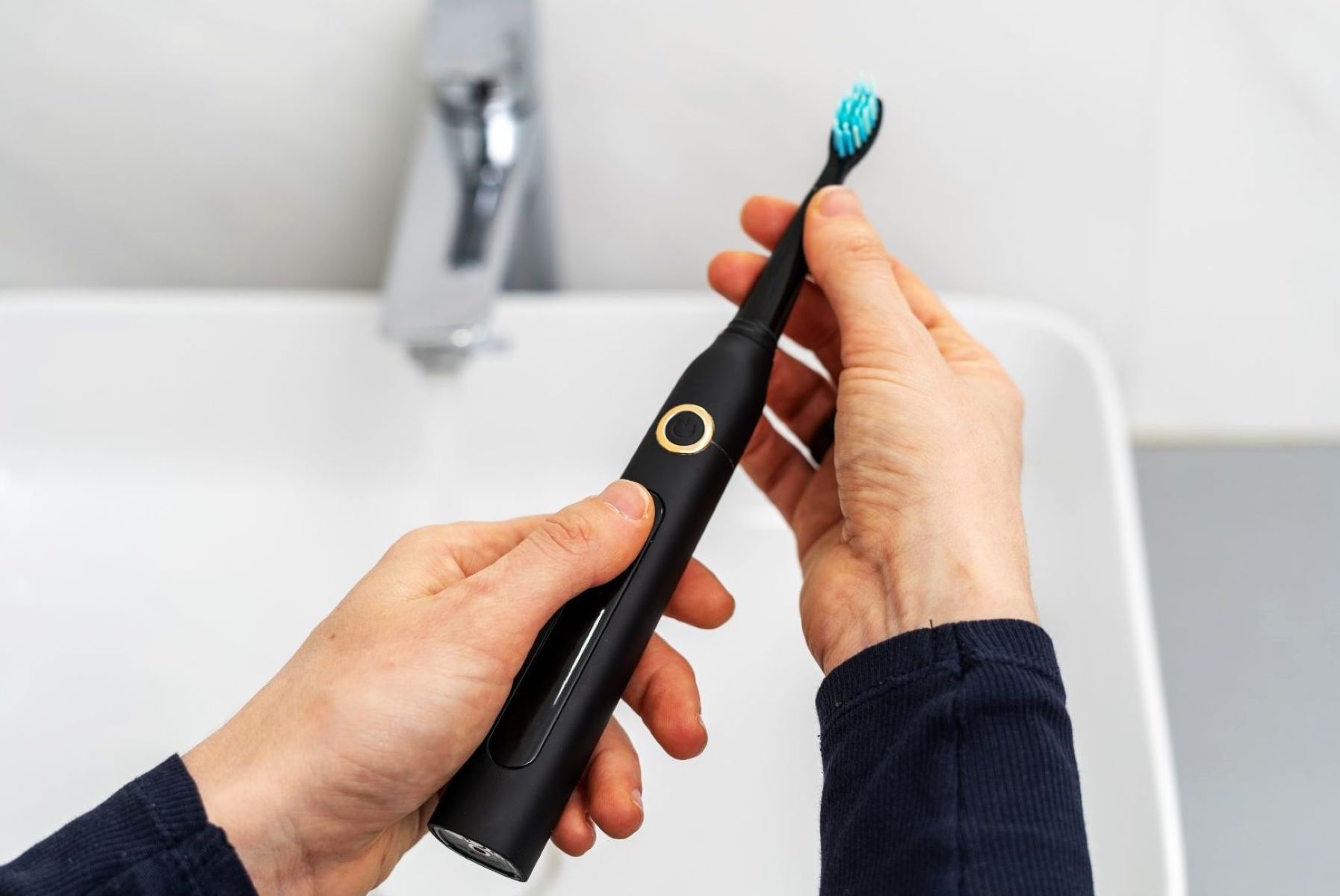
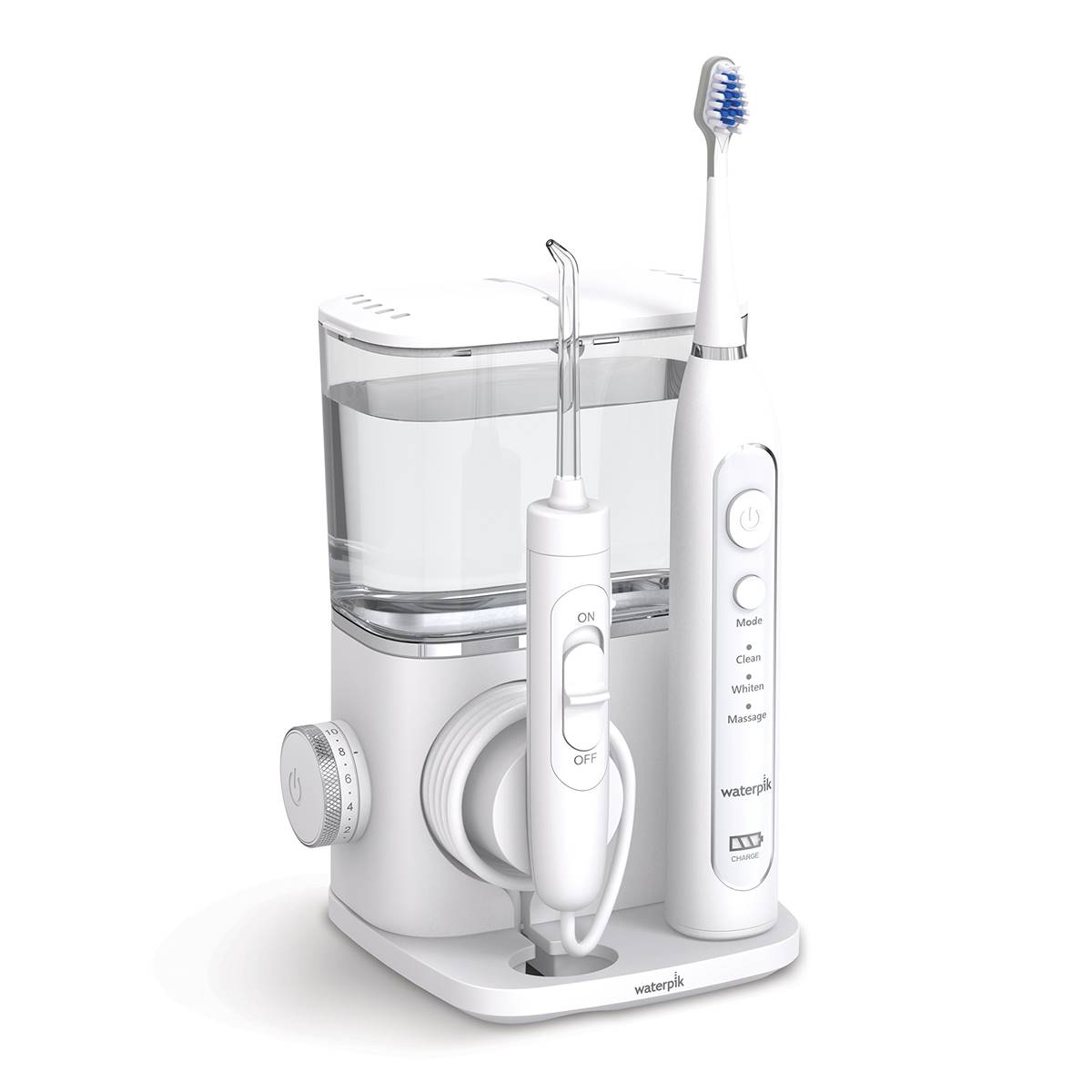
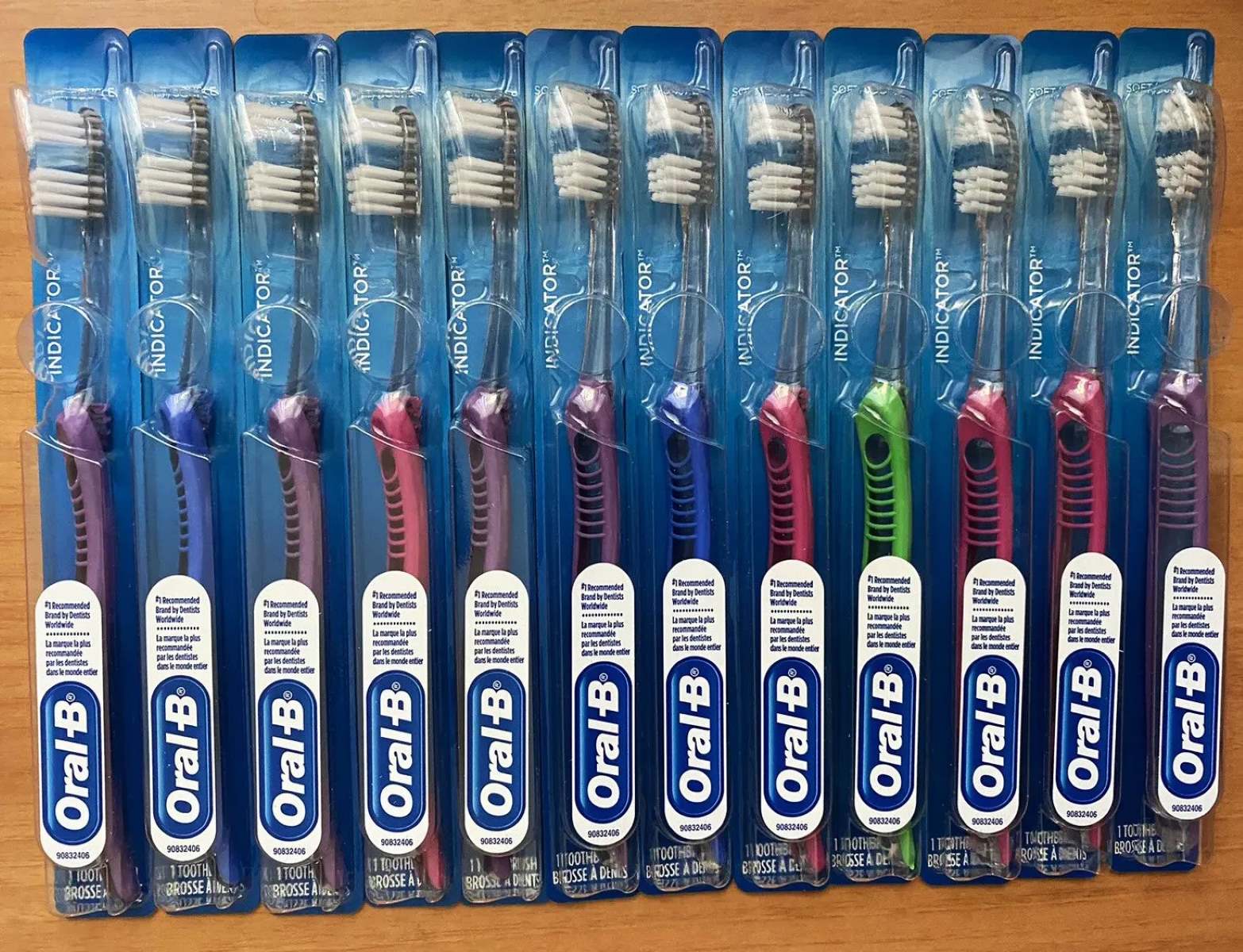

0 thoughts on “What Is The Best Toothbrush To Remove Plaque”